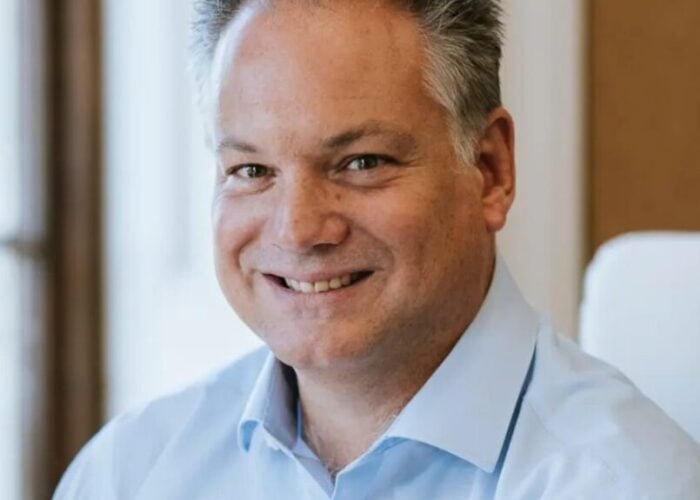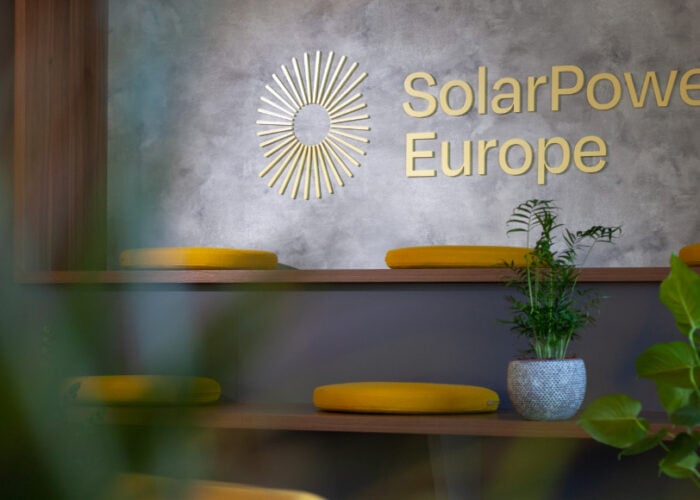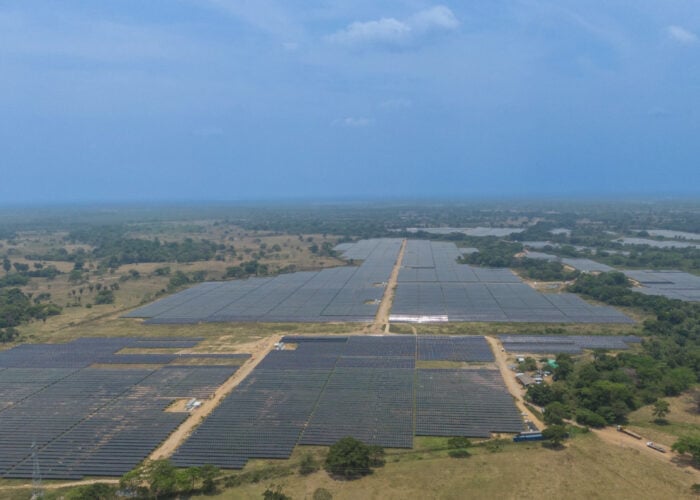
Svea Solar intends to leverage a trend towards sustainability and desire for energy autonomy as it plots to dominate European residential solar installations in the coming years.
Speaking to PV Tech Premium, Erik Martinson, CEO and co-founder of Svea Solar, discussed the renewed surge in residential solar in Europe, why the market is not being held back by supply chain constraints and why interest from consumers in a broader suite of energy products is supporting its business model.
Try Premium for just $1
- Full premium access for the first month at only $1
- Converts to an annual rate after 30 days unless cancelled
- Cancel anytime during the trial period
Premium Benefits
- Expert industry analysis and interviews
- Digital access to PV Tech Power journal
- Exclusive event discounts
Or get the full Premium subscription right away
Or continue reading this article for free
Earlier this year, the investment firm Altor Fund V acquired what was described as a significant minority stake in Svea Solar, an investment aimed at accelerating the Swedish residential installer’s expansion in Europe.
The company is currently present in Sweden, Spain, Germany, Netherlands and Belgium, with aims to cover 80% of the European residential market. “We’re looking at Italy, Poland, France, [the] UK and so on. But in the upcoming five years, we will cover most of Europe,” said Erik Martinson.
That expansion is supported by a three-fold increase in interest in residential solar in Europe, Martinson said, driven predominantly by a trend towards more sustainable living. “That’s just becoming stronger and stronger, and then you have the financial underlining with higher electricity pricing all over Europe,” says Martinson.
Those are the two major drivers, a third and more recent one being Russia’s invasion of Ukraine that “puts energy security and energy independence for Europe at another level,” added Martinson.
“I would say that there’s a strong demand in all European markets that we are aware of, but Germany is probably one of the leaders right now in terms of strong demand because they have a very strong push from a governmental standpoint to get rid of natural gas and coal in the upcoming 10 years.”
Svea Solar will not be going it alone, however. Having acquired the residential solar interests of UK-based Solarcentury – the utility-scale business of which was acquired by Statkraft – it has assumed Solarcentury’s role of home goods giant IKEA’s residential solar partner. This, Martinson said, acts as a “stamp of approval” to deploy solar panels.
“I would say – not just for Svea, but in general – that [partnership] boosts the entire [solar] business. Of course it’s a good boost for us as well, but it also comes back to the overall pushing of solar as a stable solution.”
That stability has been somewhat endangered by supply chain issues and cost increases that have beset solar PV on a global scale. While most markets have flagged tight module supply and cost increases of around 25% over the last two years, Martinson insisted Svea had not been unduly impacted and stressed the company was still seeing a surge in installations.
The rise in wholesale power prices – European markets have been severely impacted by reverberations of Russia’s invasion of Ukraine, especially on gas markets – has meant that even in spite of surging module prices, rooftop solar still makes economic sense. “Customers still have better pay back periods than they did before,” Martinson said.
That economic case could be made all the more beneficial if, as has been mooted, the European Union proceeds with a rebate scheme that would reward residents of member states who adopt solar PV. Martinson said that while Svea would of course welcome such a scheme, it is not imperative to the success of rooftop solar in Europe.
“The most important thing is actually to have no obstacles that really are blocking building permits,” Martinson said, echoing the complaints of many solar companies presently.
Building a broader package
Svea said it has moved quickly to bolster its offering for homeowners, putting together a holistic home energy package that includes solar PV, energy storage and EV chargers, catering for those seeking a greater sense of energy autonomy in light of recent events.
It’s building on a trend perhaps more advanced in some European markets and the US, however Martinson said a “similar mindset” was now taking hold across the continent. More customers are installing battery storage systems with their solar panels in order to secure their autonomy in case of an electrical outage and to be less dependent of the grid, however attachments rates still vary wildly between individual markets.
While in Spain the attachment rate of battery energy storage solutions is closer to 50%, in Germany the rate is over 90%, said Martinson. The Netherlands, meanwhile, has subsidy and net metering mechanisms in place that render energy storage “unviable”, Martinson said, a market dynamic also seen in Sweden. Those two countries have attachment rates of 10% for energy storage, although EV chargers are more common at around 25%, electric vehicle sales having more than doubled in Sweden last year.
As an average, Svea is reaching for a 50% attachment rate for associated technologies across all markets. Martinson said the trend in Europe was very much towards customers taking all three core technologies simultaneously, opening up numerous possibilities but specifically energy trading, which is the next product of interest for Svea.






